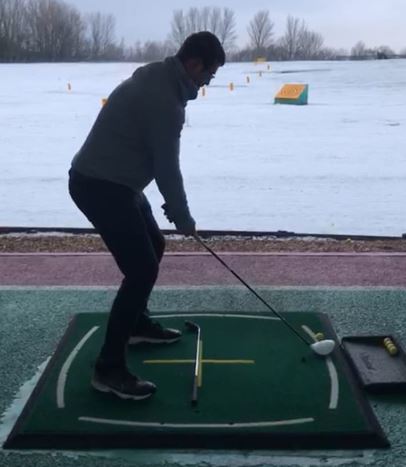Are Ping i3 Irons Still Good? Are They Forgiving for High Handicappers?
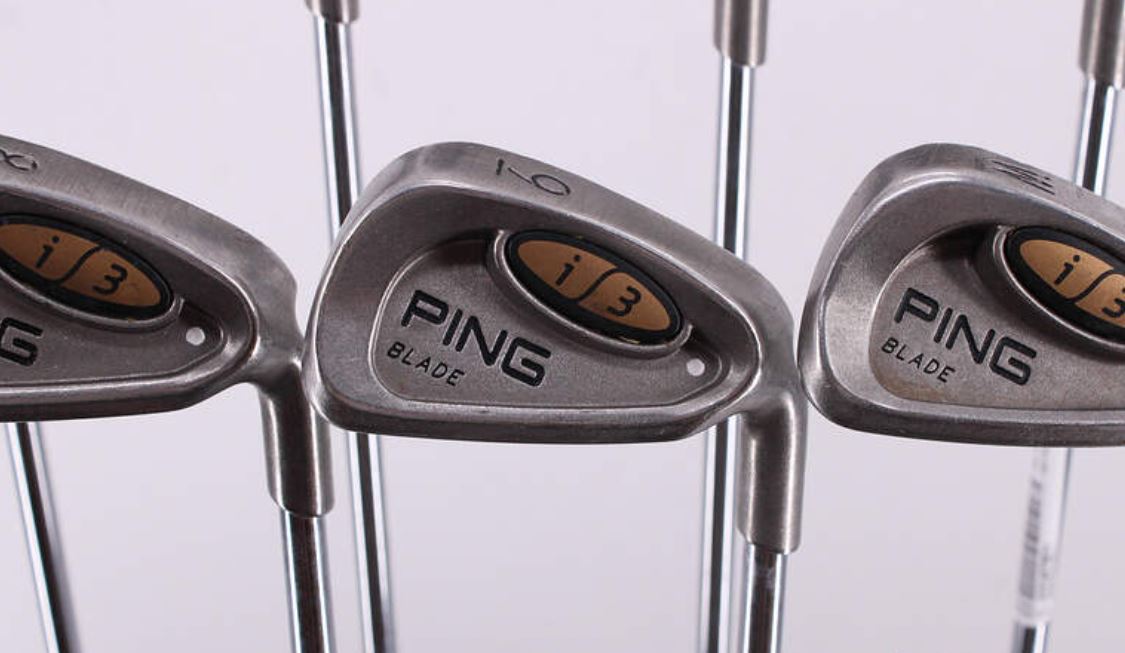
“The Ping i3 irons have been around since 2000. People are still buying used sets of Ping i3 irons so we wanted to see if this lasting demand is really justified by the performance.”
It’s no secret that Ping makes amazing irons. And part of what makes their irons so great is the fact that Ping fancies itself an engineering company first and a golf club manufacturer second.
Even though the Ping i3 irons came out over 20 years ago, they are still a testament to the Ping’s emphasis on innovative design. But does that translate to a good set of irons for high handicappers?
We reacquainted ourselves with the Ping i3 irons with a full testing session complete with launch monitor. Take a look at what we found…
Are Ping i3 Irons Still Good?
“The Ping i3 irons were the first to feature what is now a staple Ping feature: the Custom Tuning Port.”
This is a feature that you will still find in modern Ping clubs. The Custom Tuning Port allows for more precise placement of CG. In the case of the Ping i3 irons, the CG is placed low in the head.
So are they Ping i3 irons still good? We would say yes and the reason we say that is because they have what high handicappers need to start advancing their game.
They will give you the confidence to take your best swing and they provide the forgiveness that high handicappers need to stay on the fairway.
While not the longest Ping irons by any stretch of the imagination, the Ping i3’s provide straighter trajectory on shots made towards the perimeter of the club head.
Don’t get us wrong though, when you pure the ball with these irons you still get good distance.
In fact, with the 3-iron in this set some of our testers were getting distances of 196 yards – and these are testers with moderate swing speeds (between 78 and 92 mph).
Are the Ping i3’s Forgiving for High Handicappers?
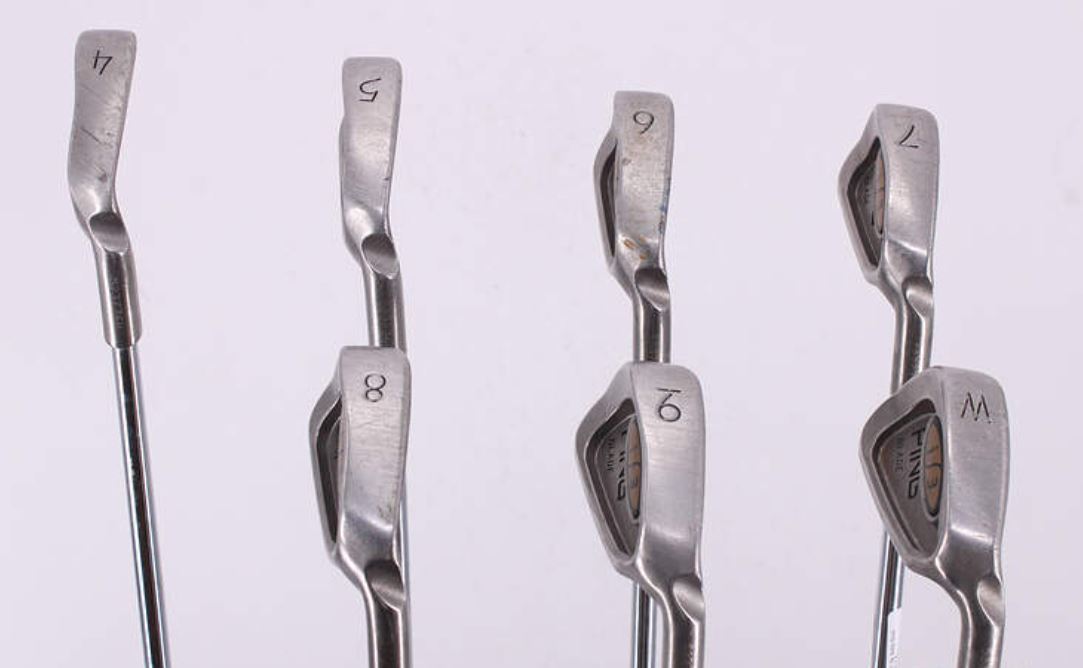
“The Ping i3 irons have deep cavity backs and you can even see the custom tuning port placed low in the cavity.”
The design of these irons makes them inherently forgiving. The Ping i3’s were also some of the first irons that featured perimeter weighting to prevent the head from twisting on mis-hits.
One thing we noticed about these irons when we tested them though was that they have shorter blades and a more compact form when compared to modern game-improvement irons.
This isn’t very surprising though considering Ping’s tendency to stuff forgiveness features into smaller iron heads (we’re looking at you Ping G410’s).
The result is more workability in an iron that still provides plenty of forgiveness.
While the workability was somewhat lost on our high handicap testers, our mid handicap testers really had a blast with these irons. We also noticed that the Ping i3 irons have a good amount of offset.
This will be a very welcome asset to any player who tends to slice the ball. The Ping i3’s will help you square up at impact and improve your swing mechanics – a very good thing if you are a high handicapper.
Ping i3 Vs Ping G400 Irons
“The Ping G400’s are also cavity back irons but there is more going on in the cavity.”
The G400 irons have a better feel than the Ping i3’s thanks to a multi-material rear badge that makes errant strikes feel buttery smooth. The G400 irons also feature Ping’s COR-Eye technology which helps the face flex more.
The G400 irons played longer by an average of 4 yards and they had a cleaner look at address too. Most of our testers preferred the G400’s over the Ping i3’s; but the stability and consistency of the Ping i3’s was superior.
Shot dispersion with the Ping i3’s was tighter and errant strikes were more predictable and controlled than with the Ping G400 irons.
Ping i3 First Impressions
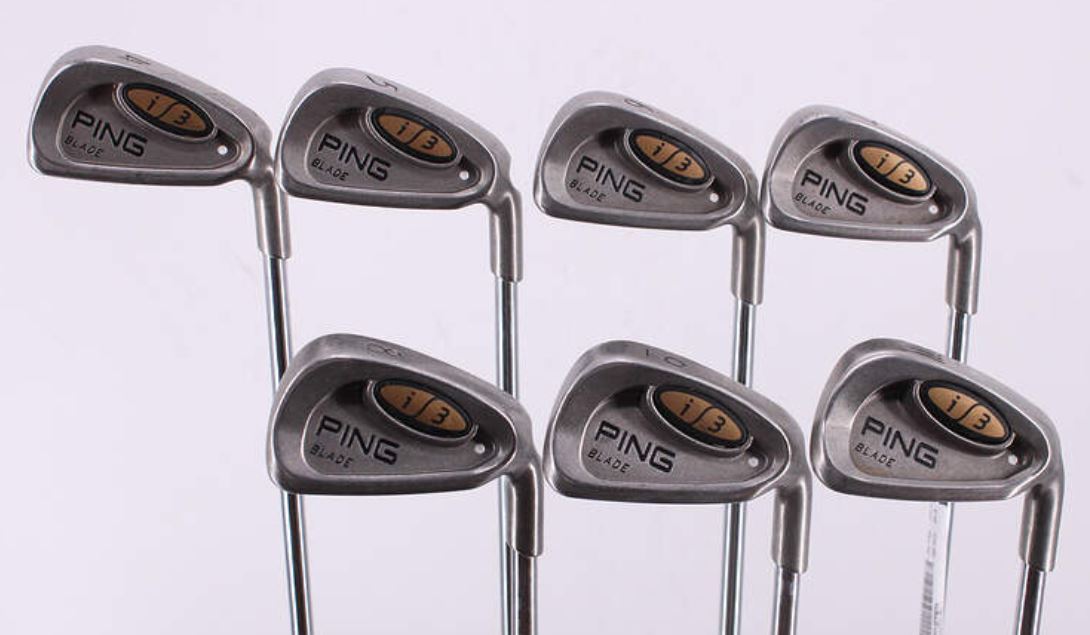
“We were first impressed with how well these irons have held up over the years.”
Even used sets look close to new which speaks to the durability and value of these irons. They have a classic game-improvement styling without looking overtly like game-improvement irons.
The faces have fairly deep profiles which gives you a lot of up and down wiggle room. And at address, the noticeable offset will inspire confidence in high handicap players.
Ping i3 Selling Points
- Colored dot fitting system
- Custom tuning port
- Perimeter weighted
- Notched hosel
- Moderate offset
- Relatively short blade length
Ping i3 Key Technology
“Some of Ping’s most beloved features are present in the Ping i3’s.”
Notched Hosel: The notched hosel allows more weight to be saved and moved to the perimeter of the club head.
Custom Tuning Port: The custom tuning port moves the CG down to the bottom of the club head for better launch.
Perimeter Weighting: This increases forgiveness on shots made away from the center of the face.
Ping i3 Loft & Lie
| Club | Loft | Lie |
| 1 iron | 15.50 | 58 |
| 2 iron | 18 | 58.50 |
| 3 iron | 20.50 | 59.50 |
| 4 iron | 24 | 60 |
| 5 iron | 27 | 61 |
| 6 iron | 30.50 | 61.50 |
| 7 iron | 34.50 | 62.50 |
| 8 iron | 38.50 | 63 |
| 9 iron | 42.50 | 64 |
Who Should Buy the Ping i3 Irons?
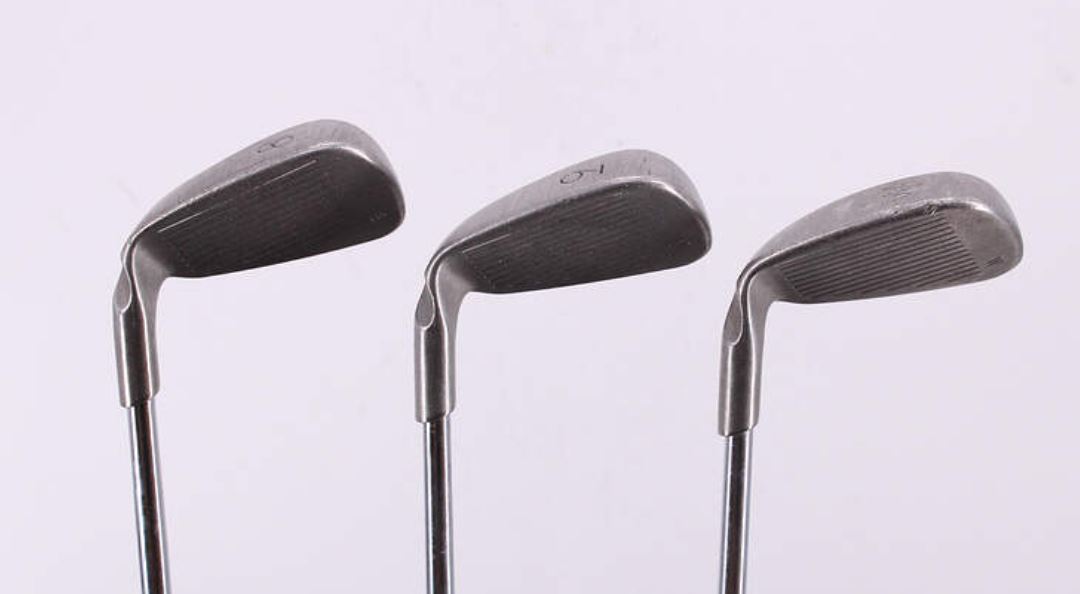
“The workability that comes from the relatively compact heads will appeal to mid handicappers.”
But the straight flight and fast ball speed on errant shots will really appeal to high handicappers. We would say that if you are in the 17-25 handicap range, you will feel right at home with these irons.
While they probably won’t be the irons you use as you start competing in club tournaments, they will get your game where it needs to be if you are serious about improving.


